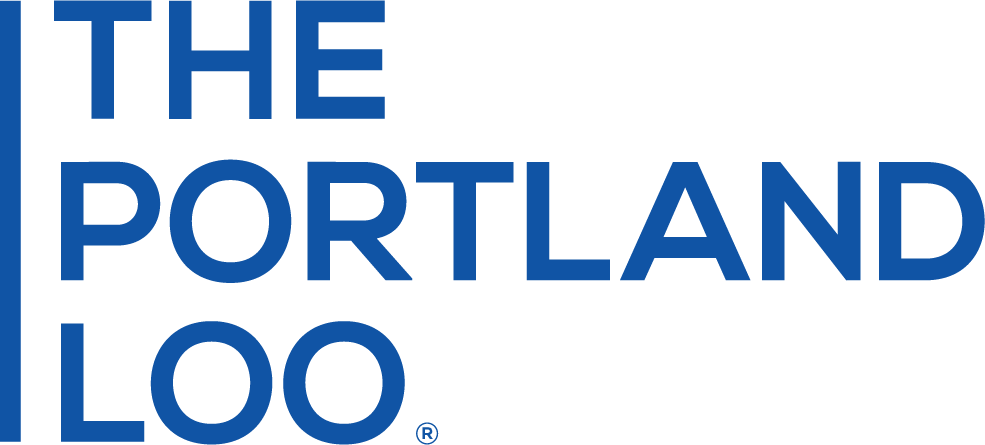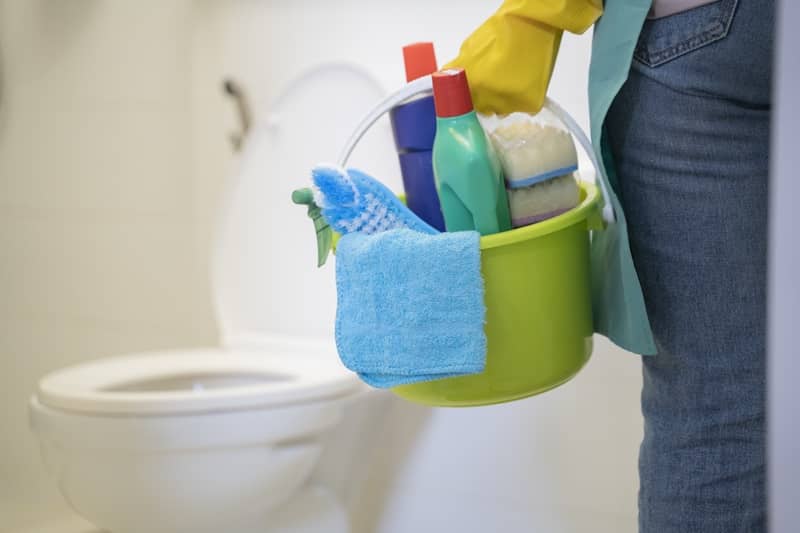Cities are in the unenviable position of having to provide public restrooms to tens of thousands of potential users while keeping these facilities clean and odor-free. If that sounds like an impossible task, that’s because traditional public bathrooms present so many unnecessary challenges. Maintaining a hygienic facility requires a complete rethinking of the public restroom. With the right strategies, cities can ensure their toilets are clean even through frequent use while saving valuable, time, energy, and money.
Invest in high-quality toilets.
The design of traditional public restrooms puts cities at a disadvantage in the fight for cleanliness. Large-scale, multi-user facilities are challenging to maintain due to their awkward designs, high foot traffic, and propensity to attract criminal behavior. Built for comfort instead of functionality, these facilities put the needs of the user before those of the city. This highlights the importance of investing in a public toilet made for maintenance. Enter the Portland Loo.
The Loo integrates a variety of germ-mitigating and odor-fighting components that make it a standout amongst conventional options such as:
- Vandalism and damage-resistant walls
- Easy-to-clean stainless steel surfaces
- Angled louvers for natural airflow
- Single-occupancy design to control usage
Use the best cleaning products.
Every public restroom requires thorough, deep, and regular cleanings to maintain a hygienic environment. This can’t be accomplished without powerful cleaning products that can eliminate odor-causing bacteria and potentially harmful germs. However, you don’t have to sacrifice your commitment to being a sustainable city by adopting the most potent yet harmful cleaning solutions.
You can strike a balance between strength and eco-friendliness. There are specially formulated commercial-grade cleaning supplies built for heavy-duty use without being harmful to the environment. They are often plant-based, biodegradable, and free from harsh chemicals like phosphates, chlorine, and artificial fragrances.
Set routine cleaning schedules.
Consistency is the most important component in a comprehensive hygiene protocol for public restrooms, especially in high-traffic areas. The cleanliness issues facing these facilities compound when not addressed quickly. Generally, cities should provide sufficient manpower, supplies, and resources to have restrooms cleaned at least once a day.
And, no. Self-cleaning toilets aren’t a workaround to this critical step in maintaining clean and odor-free facilities. Cities would still need to invest in cleaning all other components of the restroom. Besides, these so-called self-cleaning restrooms are highly expensive, difficult to repair, susceptible to damage, and – in general – not all they’re cracked up to be.
Restock supplies consistently.
The user is one of the most effective tools cities have in the effort to maintain spick and span restrooms. The trick is to provide users with the supplies they need to limit the spread of germs, keep spaces clean, and promote a hygienic atmosphere overall. Most people are more than happy to do their part out of a sense of communal responsibility as long as they don’t have to go out of their way to get the job done. That’s where routine restocks of supplies come in handy.
Toilet paper, paper towels, hand soap, trash bags, and urinal cakes are some essential supplies that need regular replenishment to encourage users to be as hygienic as possible. Adding stock checks to the cleaning schedule is the easiest way to keep supplies full. Make sure to keep track of how quickly these supplies run dry to get a better idea of usage.
Implement a user-feedback system.
User feedback is a secret weapon that cities can use in their effort to upkeep and continuously improve their public restrooms. A user-feedback system allows for real-time reporting of issues for quick resolutions, provides cities with a fresh stream of unique ideas for improvement, and reassures users that their opinions matter. The most seamless, low-cost, and hassle-free methods for collecting feedback are QR codes and online surveys.
For example, the Portland Loo currently collects all of its reviews through the Hapigood customer reputation program which automatically compiles and organizes client testimonials. This all-in-one program queues up positive reviews for automatic marketing output and sets crucial reviews to the side for review. All feedback allows cities to improve their maintenance and upkeep of public restrooms by listening to what users have to say.
The Portland Loo has earned a reputation as the easiest public restroom to keep hygienic, clean, and odor-free. Over 20 cities across the world have adopted the Loo (or multiple Loos). Your city could be next! Check out these tips for bringing a Loo to your city or contact us for more information.


